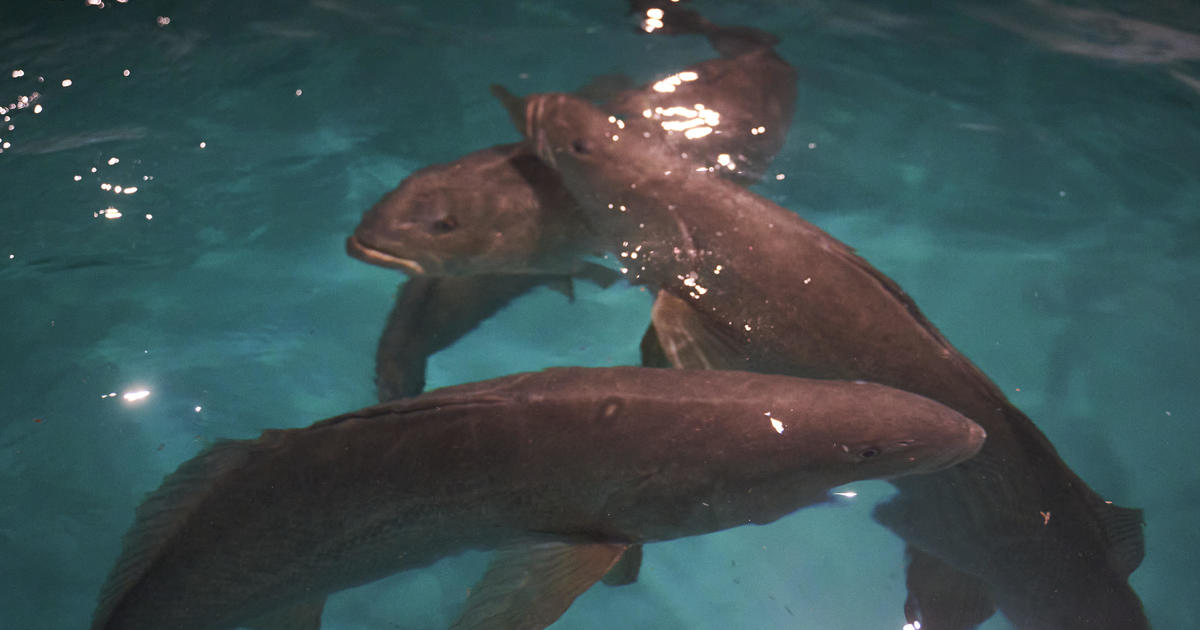Science|Atom Bombs in Space Are Back to Scare Us Again
https://www.nytimes.com/2024/03/06/science/space-nuclear-bomb-putin.html
You have a preview view of this article while we are checking your access. When we have confirmed access, the full article content will load.
Russian President Vladimir V. Putin may find that a nuclear weapon in orbit is less useful for war than intimidation.

William J. Broad since the 1980s has been writing about military combat in space, including nuclear detonations, as detailed in his books “Star Warriors” and “Teller’s War.”
In 1982, President Ronald Reagan was considering what became known as “Star Wars,” a plan to shield America from Soviet missiles by deploying up to thousands of weapons in space. At the same time, as a young science writer, I was reporting on how the rays from a single nuclear detonation in orbit could wipe out whole fleets of battle stations and laser death rays. “Star Wars: Pentagon Lunacy,” read one of the headlines.
Decades later, Mr. Reagan and the Soviet Union are gone, but anxiety over a high-altitude nuclear blast lives on, brought back most recently by the ostensible war aims of the Russian president Vladimir V. Putin. Last month, American spy agencies told Congress, as well as foreign allies, that Mr. Putin might deploy and use an atom bomb in space that could disable thousands of satellites. Not only military and civilian communication links would presumably be at risk, but also satellites that spy, track the weather, beam broadcasts, empower cellphone maps, form internet connections and perform dozens of other modern tasks.
The mere claim of such a deployment may help Mr. Putin frighten his adversaries.
“Its purpose is the same as Star Wars was for us in the ’80s,” said Jonathan McDowell, an astrophysicist who publishes a monthly space report. “It’s to scare the other side.”
But for actually fighting a war, analysts say, the step is hard to imagine — unless Mr. Putin wants some of his most important allies and supporters to face the prospect of unspeakable pain.
Five nuclear experts in a 2010 study explained how astronauts hit by the most powerful rays would experience two to three hours of nausea and vomiting before the radiation sickness left them facing “a 90 percent probability of death.”
The International Space Station typically holds seven astronauts — three Americans, a foreigner and — you guessed it — three Russians. The rays could also turn the space station of Mr. Putin’s top ally, China, into a death trap. Beijing’s shiny new outpost currently holds three Chinese astronauts and is set to expand to accommodate even more.

 1 month ago
14
1 month ago
14








 English (US)
English (US)